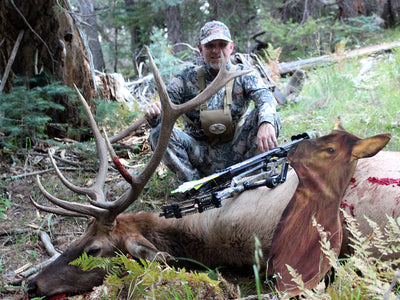Standing Crops: A Bowhunter's Friend or Foe
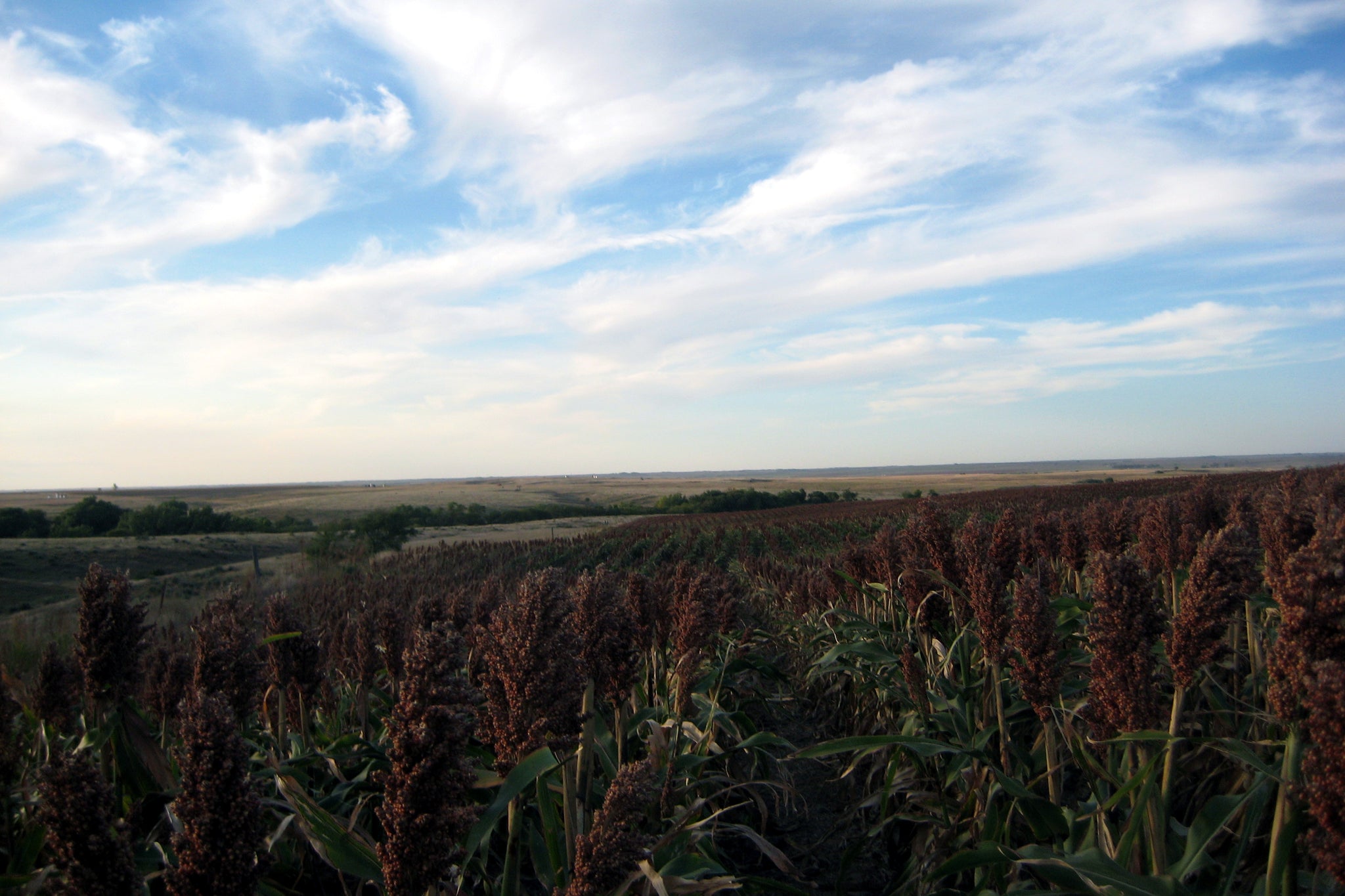
Credits for Tips and Pics: Kent Hensley, Garrett Roe, and Matt Palmquist
Standing ag crops, specially corn and milo, are considered to be one of bowhunters worse nemesis. Whether you are chasing whitetails or muledeer, they love the comfortable confines of those fields. After all, it has been their home for 3 months. Some years, the "agony" of standing crops carries deep into the deer season. This could be dependent on the producers motivation to get it harvested, or more likely, good 'ol Mother Nature. Drought stricken crops, fields too muddy, or temps too warm, Mother Nature has her role.
Here is your Free Tip Friday for hunting and having success in standing crops.
1) High point the field and glass it: Try to see as much of the field as possible from one vantage point. Best time to be there is before first light through mid morning. Most good optics can gather enough light to see movement. I've watched bucks serpentine through a milo field past 10 AM before bedding down for the day.
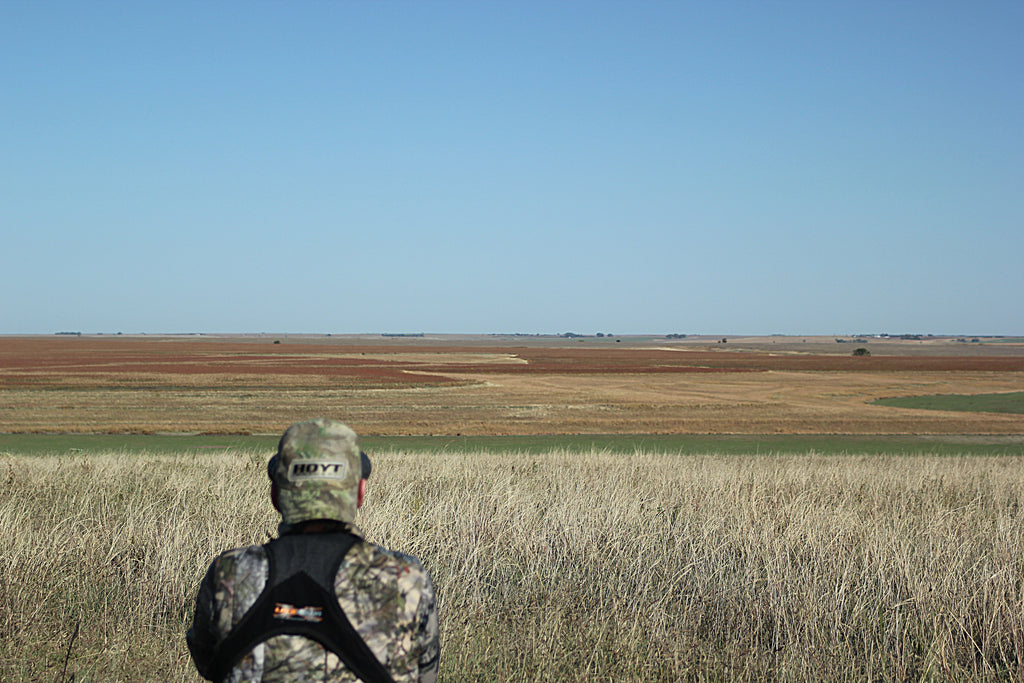
2) Find the nearest water source: Especially in dry years, water sources around a large milo or corn field will be the isocenter for consistent deer activity. Find their general course leading to water. On extremely warm days this could be a productive way to intercept a thirsty buck that has spent his day in one of these fields.
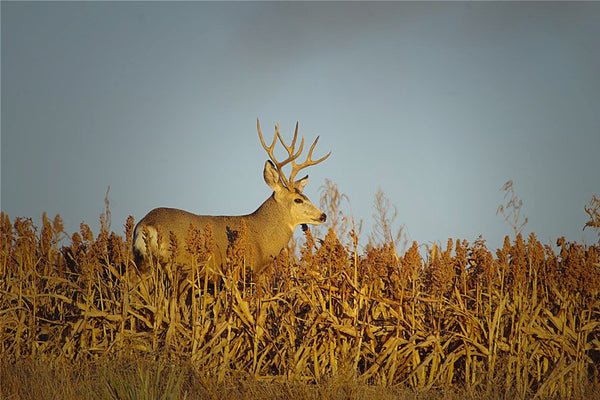
3) Field edges, low pockets, terraces, and wind: People understand the height corn can grow, but sometimes it is easy to forget that standing milo in good years is 4 feet tall. To see a deer in milo, they need to be on their feet with their head up. Always helps if they have a big...tall...white rack to see them easier.
Field Edges: Skirting the field edges using the Heads Up Decoy can be an effective way to help draw a buck out or to sneak in and capitalize on a bucks movement this time of year.
Low Pockets: In years when weather has stunted the growth or knocked down pockets of a milo or corn in a large ag field, setting up near one of those pockets and using the Heads Up Decoy along with some calling and rattling sequences can draw them out for a shot. Hunker down in the standing crops with the decoys clearly visible when a deer approaches.
Terraces: Terraces are great travel corridors and bedding spot. Terraces can provide extra shade, protection from the wind, and a subtle vantage point for a big buck to spend his day or to travel. Pay particular attention to these areas when glassing or setting up on a field edge or low pocket. Terraces also make great barriers to high your movement on a stalk.
Wind: Even a light breeze will mask your noise and movement in standing corn and milo...REAP ITS BENEFITS
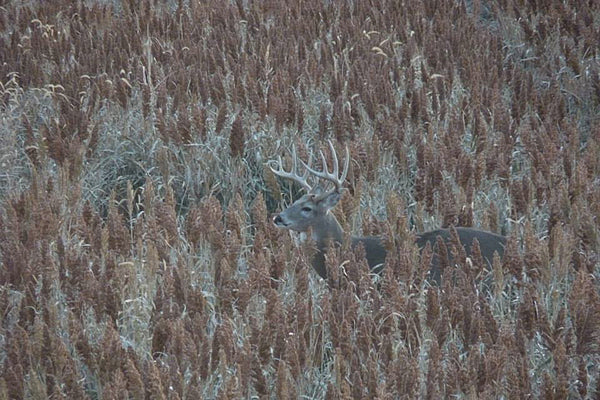
Marking a buck: A guy can get twisted around in a quarter section of standing corn and milo pretty easy. Once you've spotted a buck and you are lucky enough to see him in his bed from your glassing spot, locating him at eye level can be next to impossible. If there are no terraces to count, you'll need to proceed with caution glassing frequently. This is were the Heads Up Decoy can save your ass and create an opportunity for a shot. When you spot the buck, you have two possibilities to use the Heads Up Decoy...and both could be used simultaneously. Depending on the cover and if the buck is bedded or on the move. The Heads Up Decoy can help you intercept a buck moving through a milo field, or to draw him to you. If he's bedded, the decoy can help you get into bow range or hold him when he stands. In early season when the crops are most often still in the field, I like to use the doe decoys for this. I believe they are less threatening and more tolerated than the buck decoys. If it's late in the year...November...hands down the Whitetail Buck decoy. In fact, you might be able to use a club instead of an arrow. Nonetheless, do your very best to mark where that buck is to increase your odds on a success full approach.
Making the shot: Shooting an arrow or finding shooting lanes in standing crops can be difficult, but not impossible. Be patient! Look for very close range shots unless otherwise allowed. Make sure their chest is clearly visible. Avoid the desire to shoot them in the head. Be comfortable with a frontal shot. Most importantly...if you have success...DO NOT LEAVE the spot were you made the shot. MARK IT HEAVILY. If the shot is not as good as you thought, leaving the area without marking it makes it next to impossible to find on your return.
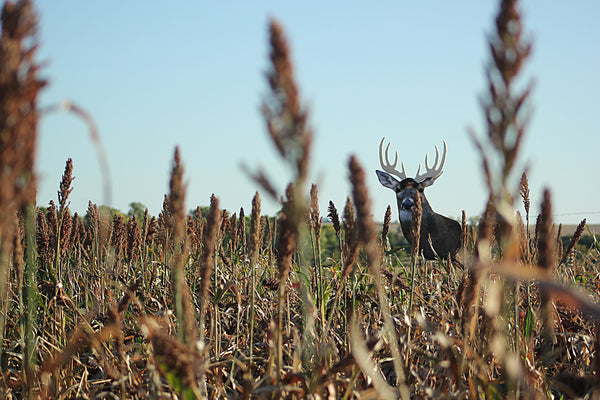
Setting up a Heads Up Decoy: If I am posting up in a milo or corn field waiting for movement or to draw a buck to my location, I run a handful of milo heads or corn stalks up the pocket of the decoy and bind it all together using the clamp. The handle does not need to be in the clamp. This will wear your decoy a touch, but it will hold it in place. Holding the decoy to move or to approach a buck's bed is another great way to get into bow range. The Bow Mount is another great option.
DON'Ts: Standing corn and milo is cash for the producer. Respect it. Do your absolute best not to trample or destroy their crops. This is especially true if your buck expires in the field. Find a way to minimize crop damage and traces of carcass when taking photos and processing them. Do not drag the animal out whole, this generally leaves a big swath of downed crop and likely annoying the landowner.
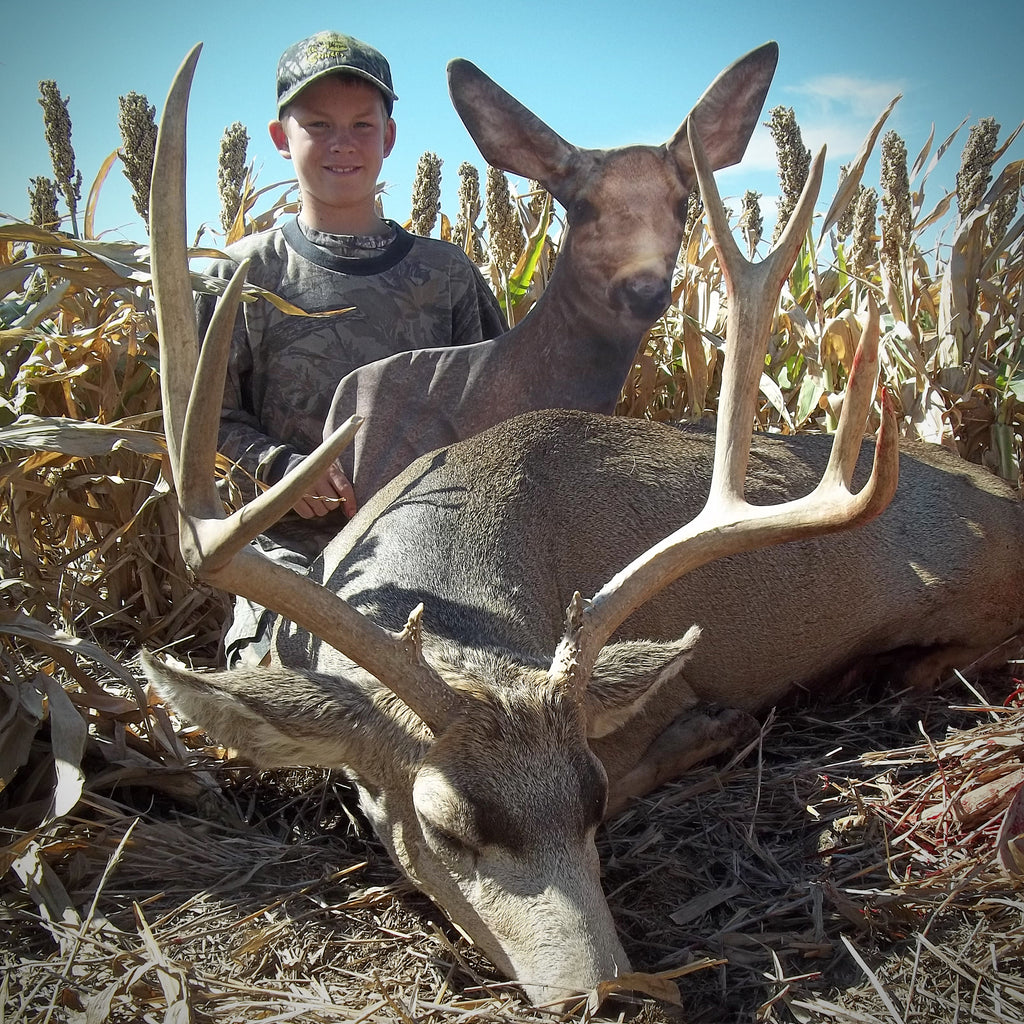
I personally think a bowhunter can have great success in standing ag fields. Work on your technique and skills...and most definitely have a Heads Up Decoy to help you.
